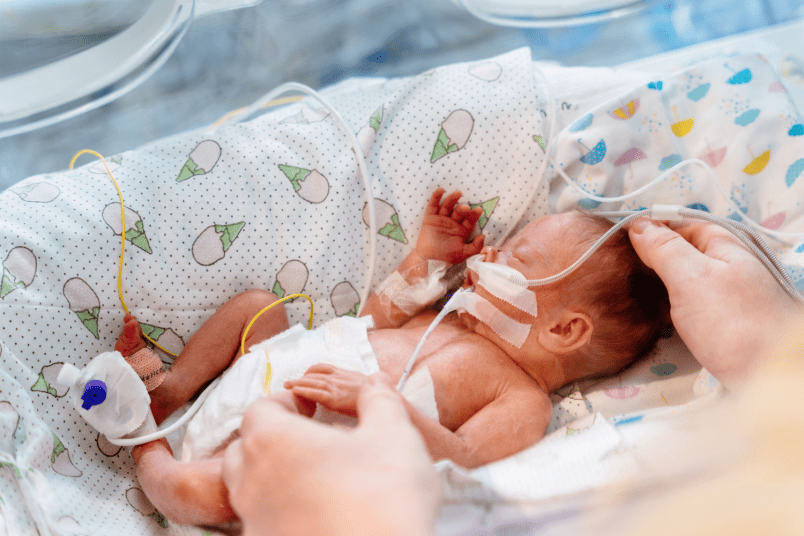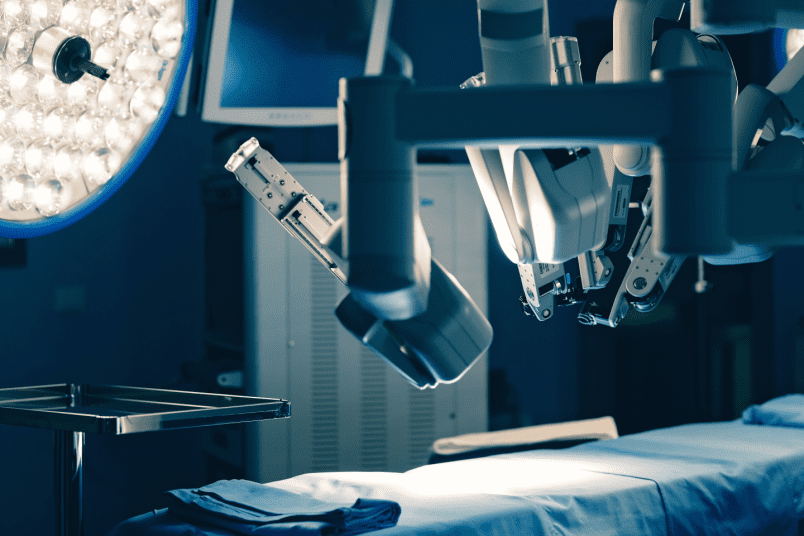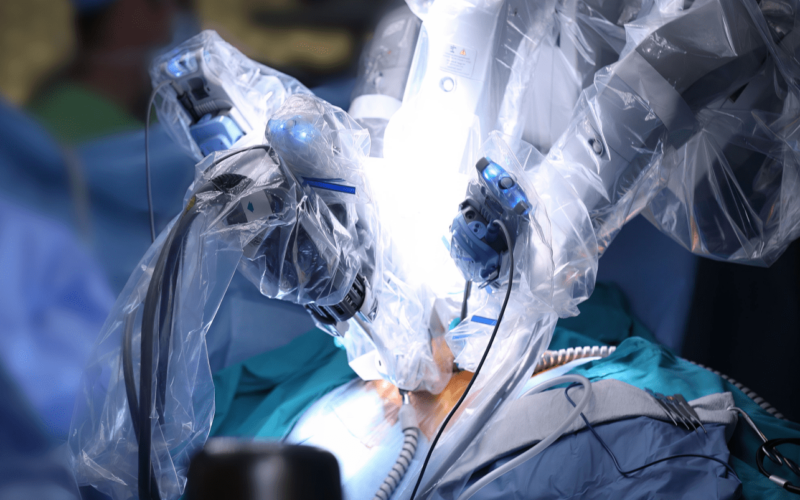Pediatric robotic urologic surgery is a cutting-edge approach for treating urological disorders in children. This minimally invasive procedure utilizes robotic technology to provide a range of benefits, such as reduced trauma, shortened recovery times, and improved precision. This field has seen remarkable progress over the years, which has revolutionized the way pediatric urologic issues are managed. This note will explore the advantages of pediatric robotic urology and its importance in improving the health of young patients with various urological conditions.
Common conditions treated using pediatric robotic urologic surgery

Pediatric urologic surgery is a minimally invasive surgical procedure used to treat various urological disorders in children. Common conditions that are frequently treated with this procedure include:
Vesicoureteral Reflux (VUR): This condition involves the abnormal flow of urine from the bladder back into the ureters and, in some cases, the kidneys. Robotic surgery can be used to correct this condition and prevent kidney damage.
Hydronephrosis: Hydronephrosis is the swelling of one or both kidneys due to the build-up of urine. Urinary tract infection is one of the most common complications of hydronephrosis. Robotic surgery can be used to remove obstructions and restore proper kidney function.
Undescended Testes: Robotic surgery is performed to move undescended testes into the scrotum, promoting normal testicular development and fertility.
Ureteropelvic Junction (UPJ) Obstruction:UPJ obstruction is a blockage at the renal pelvis, leading to urine accumulation in the kidney. Robotic surgery can be used to repair UPJ / PUJ obstruction.
Duplex Kidney:In cases where a child has two ureters for one kidney (duplex kidney), robotic surgery can help correct any issues related to the duplicated system.
Kidney Tumors: Renal tumors, such as Wilms' tumor, can be removed or treated using robotic surgery while preserving as much healthy kidney tissue as possible.
Ureteral Strictures:Narrowing of the ureter, often due to scarring or inflammation, can be repaired with the precision of robotic-assisted surgery.
Types of pediatric urology robotic surgeries

There are several types of pediatric urology robotic surgeries, each tailored to address specific conditions. Some common types include:
Robotic Pyeloplasty:Robotic pyeloplasty is performed to correct ureteropelvic junction (UPJ) obstructions. The procedure involves removing the blocked segment of the ureter and reattaching the kidney to the healthy portion of the ureter, allowing for improved urine flow.
Robotic Orchiopexy:Robotic orchiopexy is used to treat undescended testes in children. It involves repositioning the undescended testes into the scrotum, which is essential for normal testicular development.
Robotic Heminephrectomy:Robotic heminephrectomy is employed to remove non-functioning or severely damaged kidney tissue while preserving the healthy portion of the kidney. It is often used to treat conditions such as multicystic dysplastic kidney, kidney tumors, etc.
Robotic Augmentation Cystoplasty:This procedure is performed to increase the capacity of the bladder, often in cases of neurogenic bladder dysfunction. Robotic technology allows for precise suturing and shaping of the bladder, minimizing the risk of complications.
Robotic Ureteral Reimplantation: Robotic ureteral reimplantation is used to correct vesicoureteral reflux (VUR). It involves repositioning the ureter to prevent the backflow of urine from the bladder to the kidney, reducing the risk of urinary tract infections.
5 Important benefits of pediatric robotic urology surgery

Pediatric robotic urology surgery offers several important benefits, including:
- Minimally Invasive Approach: Pediatric robotic surgery is a minimally invasive surgical technique. Compared to open surgery, the incisional area of robotic surgery is smaller, resulting in less pain, less scarring and a quicker recovery time for young patients. This method of surgery also reduces the impact of trauma on surrounding tissues.
- Enhanced Precision and Vision: Robotic systems enable surgeons to gain enhanced 3D visualization and precise instrument control, allowing for complex operations in small pediatric anatomy with reduced risk of complications.
- Reduced Blood Loss: The minimally invasive nature of robotic urology surgery usually results in reduced blood loss during the procedure. This is especially important for pediatric patients who have reduced blood volume.
- Follow-up Care: After initial treatment, regular follow-up visits with the medical team are essential to monitor any signs of recurrence and to manage any potential long-term effects of the treatment.
- Improved Cosmetic Outcome: In robotic surgery, smaller incisions result in better cosmetic outcomes.
In conclusion, pediatric robotic urology surgery stands as a remarkable advancement in the field of pediatric medicine. With its minimally invasive approach, enhanced precision, and numerous benefits, it has transformed the way we address urological conditions in children. The reduced blood loss, shorter recovery times, and improved cosmetic outcomes make it a preferred choice for pediatric patients.
NU Hospitals has solidified its reputation as a leading kidney care institution in Bangalore, India. It is widely acknowledged for its distinguished nephrology and urology specialists, who possess exceptional expertise, allowing them to deliver top-tier care. Furthermore, NU Hospitals is renowned for its pioneering work in the realm of pediatric robotic urology surgery. This cutting-edge technology and the skill of NU medical professionals offers innovative solutions and improves the quality of life for young patients.
References.
Author: Dr. Prasanna Venkatesh M K

